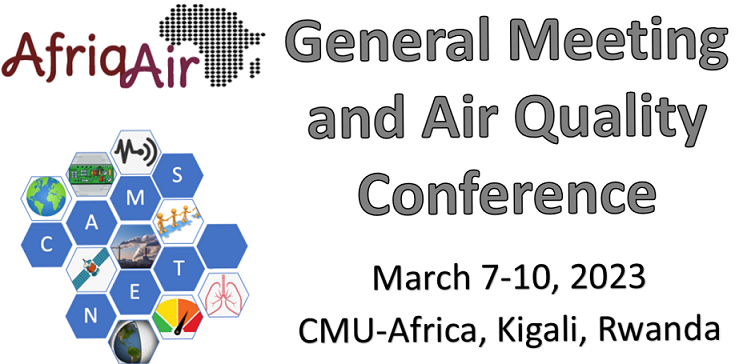Speaker
Description
Aim: Ambient and household air pollution (HAP) are major contributors to mortality and morbidity in Sub-Saharan Africa; however, PM2.5 exposure measurements in the region remain scarce. We aimed to characterize PM2.5 within households of women and infants participating in a birth cohort study in Manhiça district, Southern Mozambique.
Methods: We measured time-resolved PM2.5 for up to two 5-day sessions in the main living area and kitchen using the HAPEX v4 low-cost data logger. HAPEX uses a light scattering sensor, has a 5-year battery life, and is designed for HAP monitoring. On-site correction factors were derived from UPAS, a filter-based micro pump sampler, placed 20 cm away from the HAPEX. HAPEX-UPAS co-location was 24 hours. We measured ambient PM2.5 using a BAM 1022, a reference-grade monitor.
Results: Between 3rd March and 30th of November 2022 135 households were sampled; 119 had a second measurement. Among sampled households, 72% had outdoor kitchens; 94% used solid fuel, 5% liquid fuel, and 4% electricity for cooking. Mean (SD) ambient PM2.5 was 14.95 μg/m3 (12.56) for dry season and 8.15 μg/m3 (8.15) for wet season. Mean (SD) 5-day average PM2.5 measured by HAPEX in the living room was 27.43 μg/m3 (32.80) for dry season and 28.35 μg/m3 (66.00) for wet season.
Conclusions: Indoor PM2.5 concentrations in the main living area were considerably higher than ambient levels, indicating the influence of indoor sources. Measurements will be used to estimate long-term exposure to PM2.5 for application in epidemiological studies.

